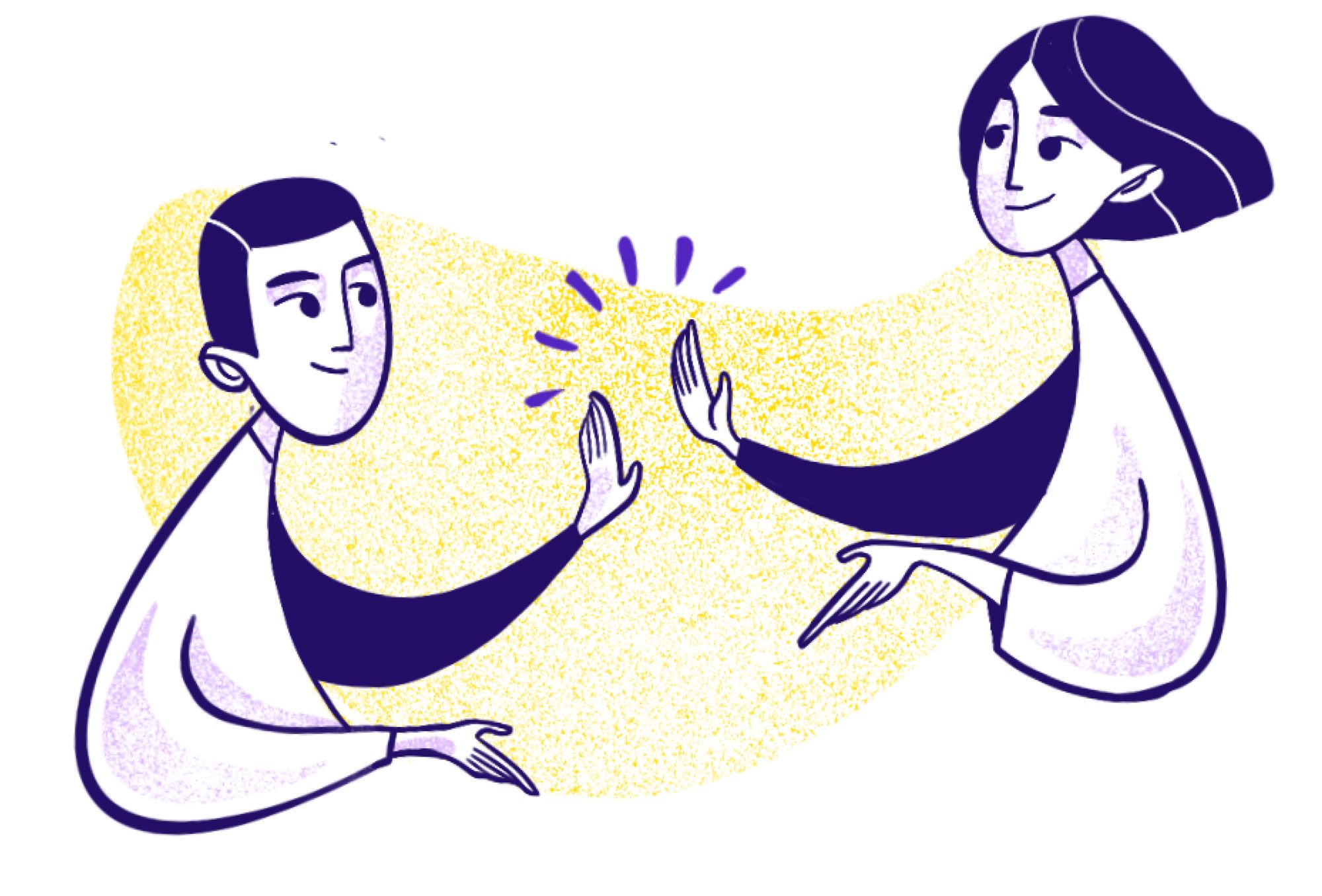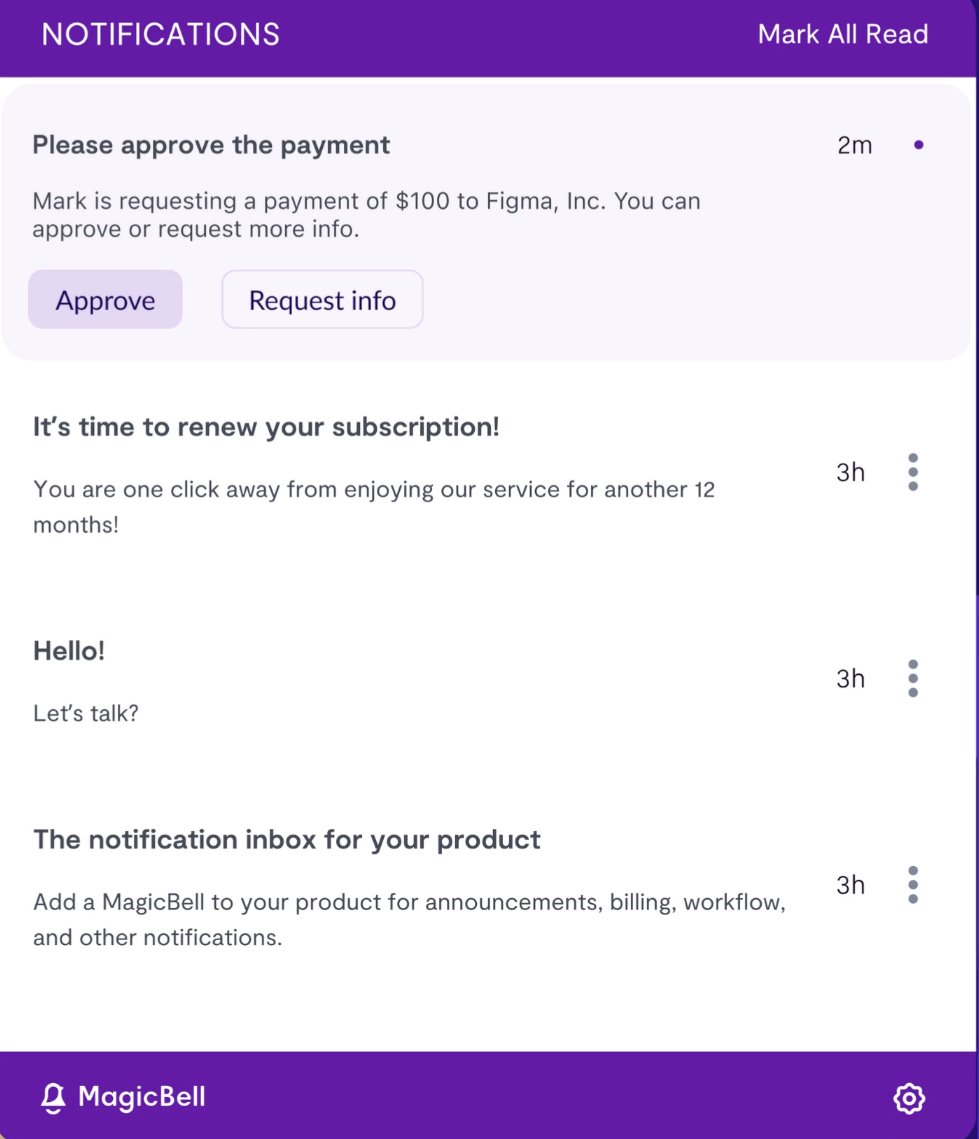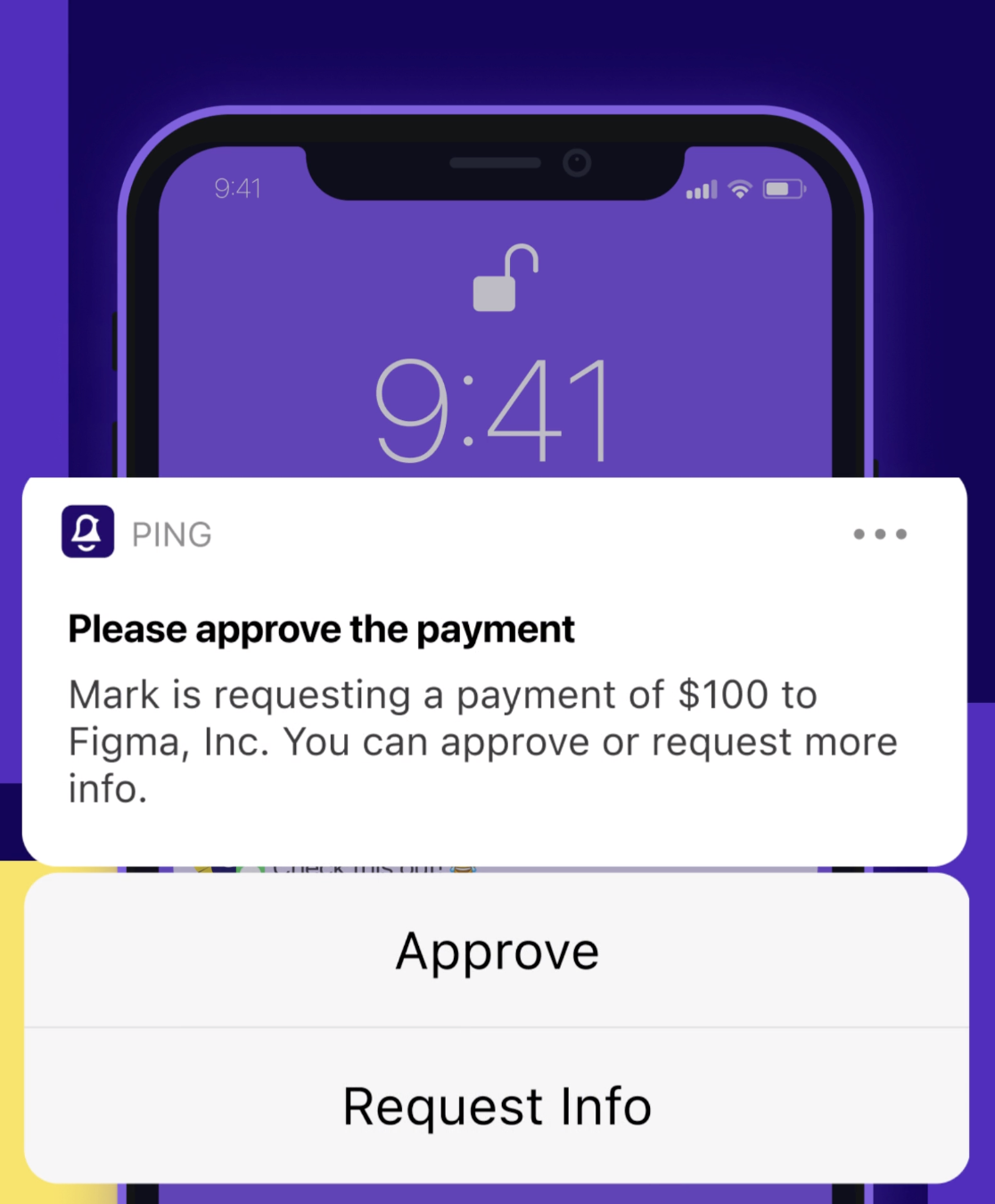Why notifications should be treated as a first-class feature
For far too long, software application developers and business owners have built notification systems as supplementary features or limited them to driving engagements, conversions, and marketing purposes. This narrative is unfair considering the massive negative/positive impact notifications can have on how a customer interacts with a software product. For example, in a meeting application, sending a push notification reminder 10 minutes before a meeting with details about the meeting will be better perceived than a notification about your company's anniversary (save that for a newsletter or a tweet).
For app creators developing software products for professionals, notifications are central to triggering user actions, approving project workflows, confirming appointments, and sending important messages to legitimize transactions. A timely notification appearing on the right channel bridges the consumer's trust in the software product they are using because it is inevitably crucial for work to be done.
The notification experience should always be at the forefront of the software development process. A well-designed notification system allows companies to deliver applications that help users be more productive, work more efficiently, and minimize distractions. Therefore, it is high time application creators and business owners pay closer attention to how the notification experience for their applications is designed.
Customers' expectations of SaaS applications are rising
A Cisco AppDynamics survey of over 13,000 consumers of digital services reported that customers now have a “zero-tolerance policy for poor application experience.” Additionally, a recent customer support report by Intercom showed that 73% of support leaders say “customer expectations are increasing.” Considering customer expectations for collaborative software and product management applications are constantly increasing, an ineffective notification isn't something to be risked, especially now that smartphone and desktop creators like Apple and Google have given users more notification controls.
If notifications from a particular application are not proven effective immediately, customers will ignore it, hide it in the notification pane, or, even worse, abandon the application altogether. When using work-related applications, the onus shouldn't be on the end-user to constantly navigate a thicket of notifications; it should be on the company developing those applications to ensure that the notification experience improves users’ productivity and not decreases it. Therefore, companies have to put more effort into how they design and think about their notification systems.
Too many notifications, and you overload your customers. Too few, and your customers cannot leverage your application to carry out their tasks effectively. Finding the right balance when it comes to notifications plays a significant role in the success of any software product, especially SaaS applications that cater to busy professionals and the career-oriented demographic.
Notifications are evolving to meet customer demand
Notifications have evolved from simple text displaying something to the user to containing media and functionality for completing meaningful tasks. For example, users can now reply to messages, approve requests, or preview files all within the notification panel without opening the app or even a browser.
With advances in artificial intelligence (AI), and behavioral data collection, companies are now exploring the concept of personalized notifications, where notifications are tailor-made to suit a customer's preferences based on the time of day, location, relevance, and user activity.
The current state of notifications
The underlying problem with notifications today is that there are simply too many of them. According to Duke University research presented at the American Psychological Association Conference, the average person receives 65 to 80 phone notifications every day. Whether it's a red dot on their favorite app, a vibration, or a sound, these notifications are designed to get the user's attention and are hard to ignore. Unfortunately, for users working on something important, their focus will drift, and their productivity will immediately decline. Some studies suggest it takes 23 minutes to recover focus after a distraction, meaning unnecessary notifications can seriously compromise the worker's focus.
But even turning notifications off entirely is not the answer. According to the same research by Duke University turning notifications off completely made people feel stressed and worried about what they were missing. Moreover, for business users, there's the fear that they might miss something important should they choose to mute notifications to prioritize work productivity.
To make matters worse, as most business applications are becoming more interoperable, users are the ones suffering from notification overload. For example, a customer can get a notification from Quip about a comment in a document; the same notification is sent to the user's email and Slack. If you multiply this by the number of business applications organizations use today, it becomes cognitively demanding. So it's no wonder people are overwhelmed, and unproductive.
So, the overarching question for executives and application developers designing notification systems for collaborative and enterprise software is: How can we deliver a stellar notification experience that feels intuitive and helps professionals become more productive instead of feeling overwhelmed? The answer to this lies in actionable notifications.
Actionable notifications mean a dialogue, not a monologue experience
Notifications should be a two-way medium where the product and users can communicate, not just a monologue experience where the user is bombarded with information and has to navigate to the application to deal with it.
Actionable notifications allow users to respond to a delivered notification faster without, in some cases, launching the corresponding app. For an actionable notification, the system displays one or more buttons in addition to the notification interface. This allows users to interact more deeply with notifications to perform activities quicker. For example, a notification for a payment application can contain buttons for users to quickly approve payments or request for more information.
Source (MagicBell)
Making your notifications actionable can help in many workflows:
- Confirmation workflows
- Alert acknowledgment
- File previews
- Task assignment
- Quick messaging/replies
- Feature triggers
Additionally, actionable notifications should be available cross-platform wherever the user gets notifications. This can be on the web, mobile, email, in-app, SMS, and any third-party integrations such as Slack.
Source (MagicBell)
Actionable notifications in practice: Exploring good and bad notification scenarios
Notifications should be designed to drive customers toward completing meaningful tasks, empowering them to be more productive instead of overwhelming them. In this section, we will walk through two notification scenarios for a hypothetical project management and team communication application called Projectile.
Projectile provides an easy way for teams to keep track of priorities and plan events. It features a calendar functionality where users can set up meetings and a collaborative to-do list feature that allows users to assign tasks to other team members, add followers to projects, and monitor deadlines. It also has a chat feature and functionality to integrate into third-party applications like Figma and GitHub, so design and engineering teams can easily monitor project statuses from within the Projectile application.
Our notification design with Projectile aims to get users to be more productive, collaborate better, and carry out their tasks faster through notifications.
Scenario
Devin (project manager), Patricia (designer), and Marco (software engineer) are working together using Projectile to plan the next sprint for a feature in their application.
Devin creates a project name and assigns a design task to Patricia as the primary stakeholder and Marco as the secondary.
On completion of the design task, Devin reviews it and can either approve or reject it. If approved, the Figma design file is shared with Marco for implementation. Marco then moves to a primary stakeholder position and Patricia a secondary.
Marco develops the application and ships it to Devin for review along with the GitHub link.
- The project is tested and deployed to a testing environment for quality assurance and testing.
Let's walk through two potential notification experiences for these workflows.
Poor notification experience
Good notification experience
Too many notifications across devices: Every time there is an update to a file on Figma or GitHub, the three stakeholders each get notifications from Figma, GitHub, and Projectile across all their devices (web, mobile, and email).
Customized notification experience: Projectile does not send notification updates for applications like Figma and GitHub that already send notifications by default. Users are also able to choose the types of notifications they want to receive, when they want to receive them, which channel (push, text, email, in-app), and the frequency of notification.
No notification inbox: No container within Projectile to view, filter, and sort notifications. Once a user dismisses a notification, it is lost forever.
Smart notification inbox: A notification inbox system that actively works to support the user in sorting out the relevant information more efficiently in order to take action. It highlights relevant high-priority notifications (i.e., if a deadline is approaching).
The notification inbox contains
- some text (title, message preview, description)
- a time stamp or time elapsed since it was received
- an icon or thumbnail to indicate who it's from (person image, brand logo)
- a visual status indication to immediately communicate whether it is unseen/seen, unread, or read.
- a global action that can be taken on all notifications regardless of category: "set importance," "mark as new," "mark as read," "mute," "archive," "delete"
Irrelevant notifications: Marco, who is a software engineer, is being notified of all messages and comments regarding a design conversation between Devin and Patricia when he is not tagged or a primary stakeholder in that discussion.
Relevant and personalized notifications: Marco gets a summarized notification hourly or daily about the design conversation between Devin and Patricia. Even though Marco is not a primary stakeholder, he might still want to get notified about that discussion, but it does not have to be immediate and delivered with a sense of urgency.
Unactionable notifications: A push notification is sent to Devin to approve a Figma design task she has successfully reviewed. However, the notifications do not come with any buttons to quickly approve it or assign the next task to Marco, the software engineer. After getting the notification, Devin has to log in to the application and navigate to that specific project and approve it.
Actionable notifications: Devin can quickly approve workflows, assign next tasks to other stakeholders, and preview important files without having to go into the application. The notification system ensures that the maximum amount of information is delivered while also enabling the end-users to decide whether or not to act quickly. All notifications which warrant the user to perform an action have the functionality to set a reminder or snooze, set status, label, or delegate to a team member.
Untimely marketing notifications: Notifications about product updates, upgrades, and features and announcements are being delivered at core work hours without proper visual cues and context, distracting the users from doing deep work.
Timely marketing notifications: Unobtrusive user-friendly marketing notifications. For example, sending a notification to users about a product upgrade on the application before the start of work or just before the close of business based on user preference and in-app activity.
In part two of this post we will look at some case studies of different companies and how they have designed their notifications.


